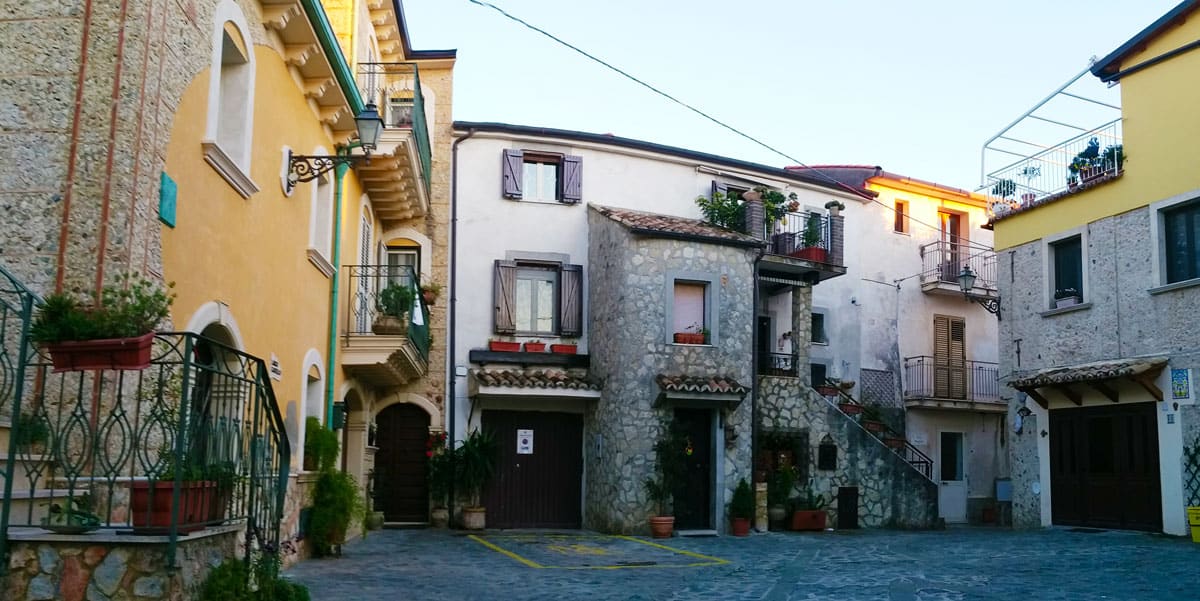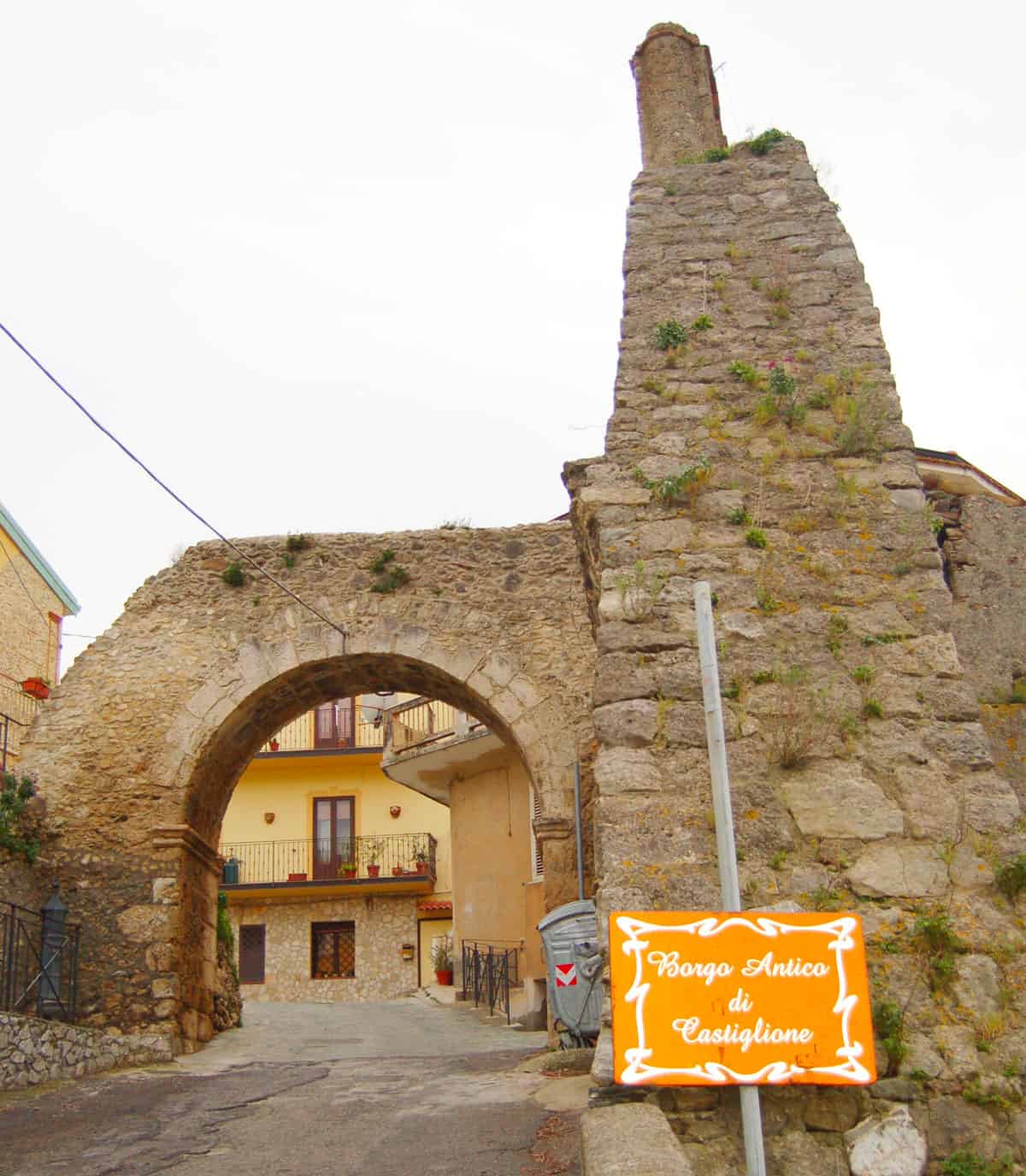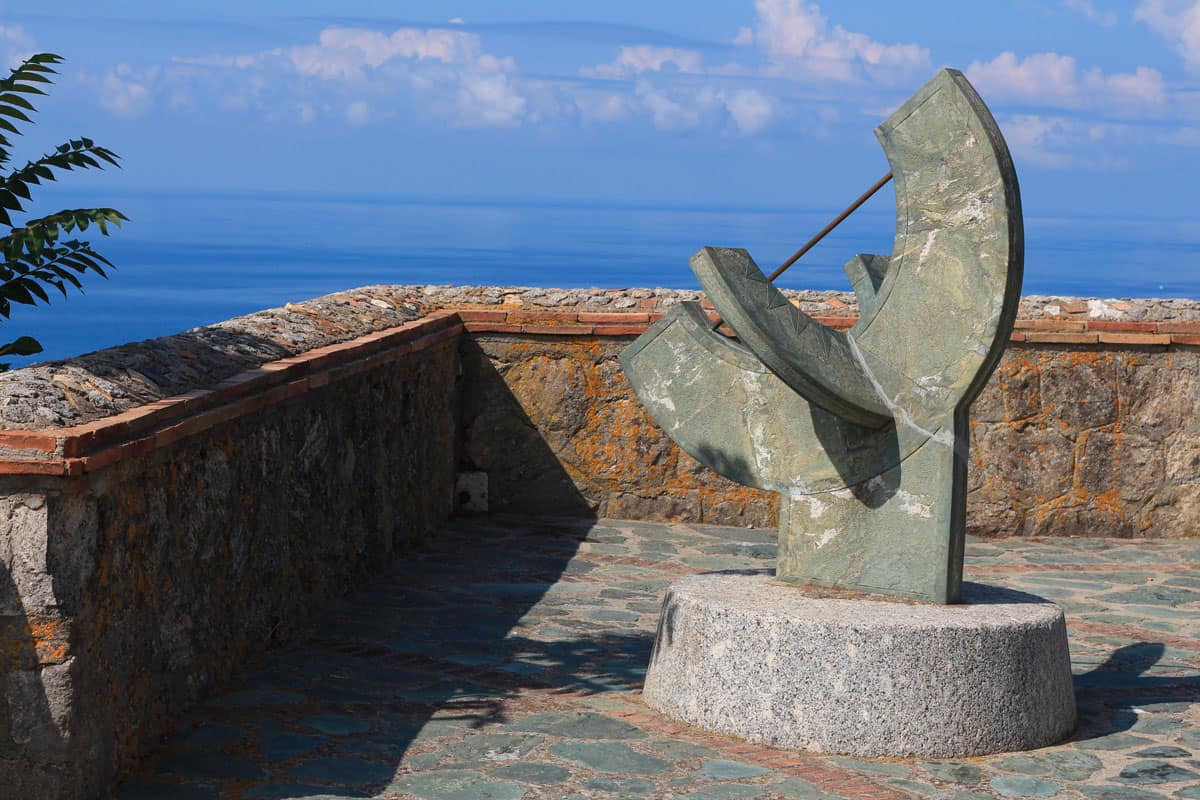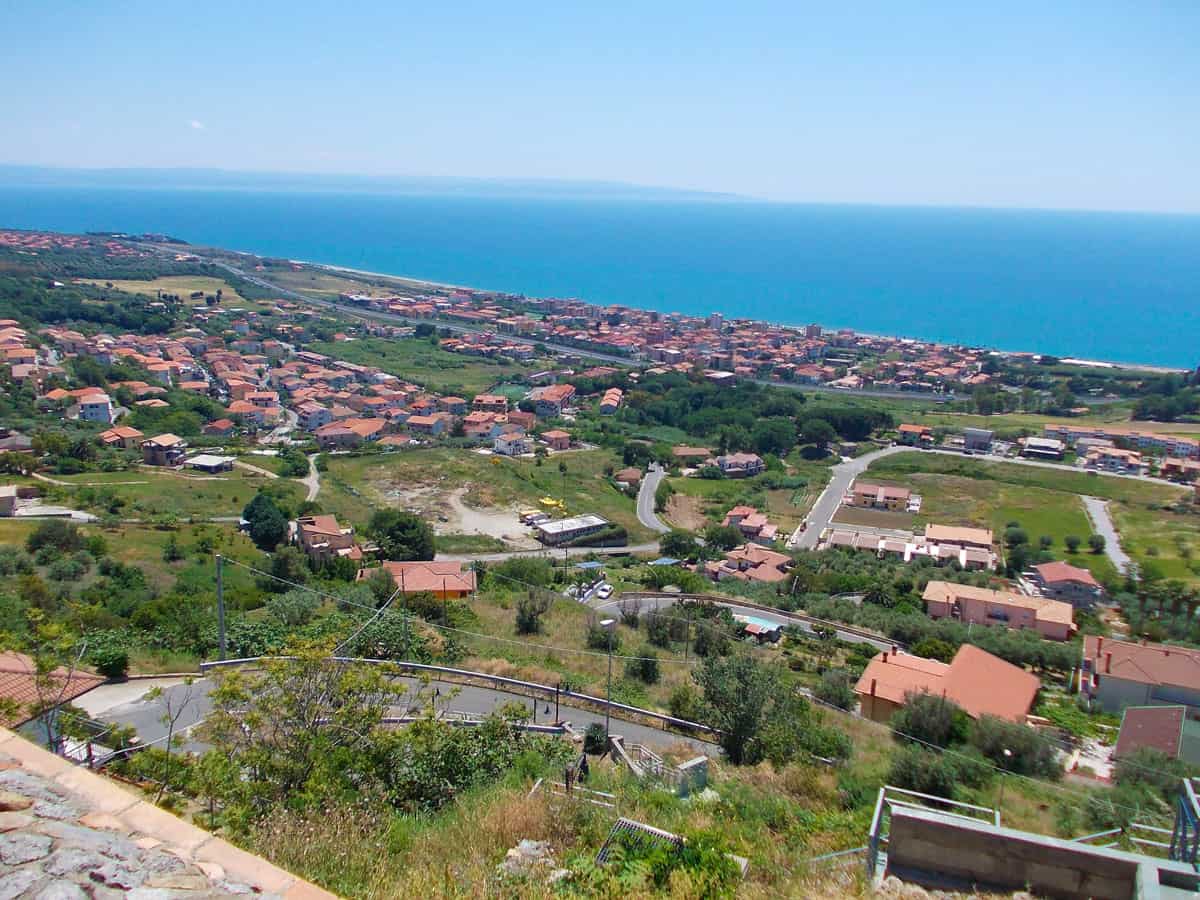We are in Falerna, in the province of Catanzaro. Here Enzo Siciliano (1934-2006) thinks his “Diamante”, name among other things of another Calabrian city, in the Tyrrhenian maritime Cosenza, far from Falerna 95 kilometers.
Also the city chosen by Siciliano is on the Tyrrhenian, bordering the important center of Lamezia Terme and with Nocera Terinese and Gizzeria.

Siciliano had ties with these areas: his parents, natives of Bisignano (CS), lived in Falerna and so the book, published by Arnoldo Mondadori in 1984, is for his part a tribute inspired by his family.
An important text also because it manages to describe the location playing on the wire of the accurate description but also working in the meanders of the memories dear to him. There is clearly a narrative scene completely autonomous.
Sicilian also dedicates steps to Castiglione, yesterday autonomous and today a fraction of Falerna, a small town that has all the old Italian villages, so dear to these pages.
THE WRITER AND HIS CALABRIAN BONDS

Enzo Siciliano was a very active man on the “committed” cultural front of the twentieth century in Italy. Still dead not old, he could still profuse the signs of his creativity for a long time.
Literary critic, novelist, poet, but also playwright, screenwriter and director. His is a famous biography of Pier Paolo Pasolini, to whom he was very close. Famous director of the magazine “Nuovi Argomenti”, a friend of Alberto Moravia, president of RAI in the 90s.
“Diamante” is accompanied by his other novels, titles such as “The couple” (which later became a film), “My mother loved the sea”, “The good times”.
In this work, Sicilian favors its classic linear style, typical of the great tradition of 20th century Italian novelism. There is no lack of the love component, but never seen in a vacuous sentimental or just passionate sense. A book that is part of its most autobiographical strand, a testimony to the “data of being there in the first person”, as he wrote a few years ago on Repubblica Paolo Mauri, recalling his figure. A personal memory filtered through literary creativity and its proverbial inspiration.
THE TERRITORY AND THE RICHNESS OF ITS LANDSCAPES
A relatively young reality, it was established after the disastrous earthquakes of 1600, when populations coming from nearby realities began to live in what then became Falerna. Also equipped with seaside hamlets, the town (more than 3000 inhabitants) is actually located, on the other side, at the foot of Mount Mancuso, the Reventino chain. But we are not here distant from the valley of the Savuto and from the plain the Sant’Eufemia’s.
Linked to the D’Aquino family, Falerna has for some time been part of the territory of Martirano, also in the Catanzaro area, to then re-establish itself in Castiglione Marittimo, today its hamlet.
In addition to the scenic landscapes (the true wealth of Falerna), the church of Sant’Antonio Abate (or Foca), as well as those dedicated to San Tommaso d’Aquino (formerly employed by the diocese of Tropea), Annunziata, to Our Lady of the Rosary and to Providence.
But Falerna is increasingly its seaside resort, prey of consistent urban development and enriched in recent years by a modern sacred building, a church dedicated to San Francesco di Paola. In the village the rites of the Holy Week are still very much felt, linked to the official and organized birth of the community, ie that seventeenth century in which certain religious practices of penance were favored by the Church, in the so-called Counter-Reformation climate.
THE HISTORICAL VILLAGE OF CASTIGLIONE MARITTIMO

A physiognomy more properly of the village has Castiglione. Today it has about 300 inhabitants, it boasts Norman history and a castle with only a few ruins that can be traced today. Feudo D’Aquino from the Angevins, since the beginning of 1800 belongs to Falerna. Its history is linked to the defense against the Saracen raids and here the Castiglionesi of the time exploit the natural barriers. Our countries were born as well. For defense, from enemies and sometimes from nature itself (top to avoid diseases brought by rivers). Rural village, Castiglione is known for its fortress, the old “Castel Leone”, in the centuries a bulwark to protect the land of Lamezia and the famous abbey of Sant’Eufemia.

It was also the scene of a well-known anti-Norman revolt in 1091.
Its erection is also due to the control of the ancient Via Popilia, the consular that led from Capua to the current Reggio Calabria.
Finally, do not miss two places: the Terra Chiusa belvedere (with breathtaking views) and the church of Sant’Antonio Abate.

Falerna and Castiglione, therefore, connected and historically close reality both physically and geographically and for the common stories and events.


0 Comment